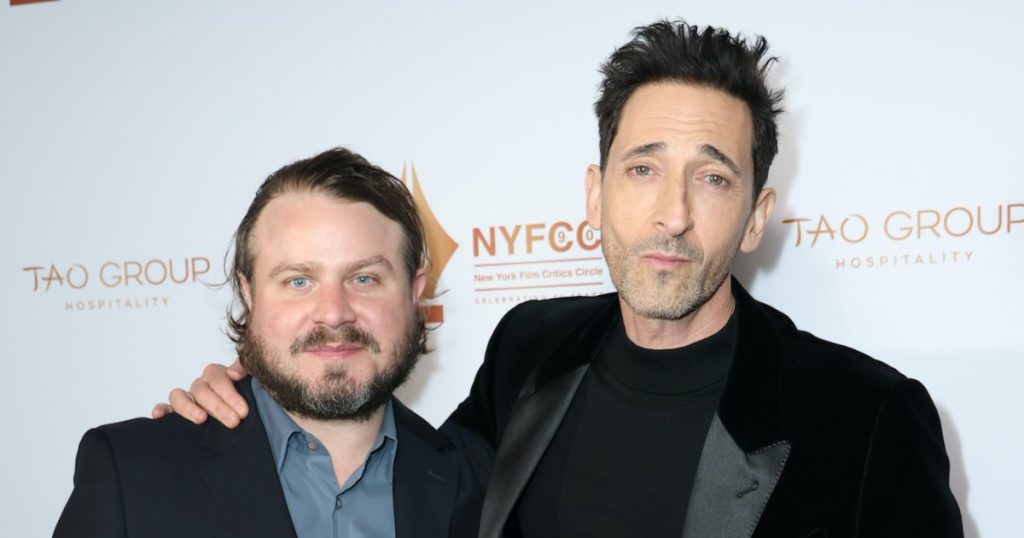Brady Corbet’s film, The Brutalist, has sparked a debate concerning the use of artificial intelligence (AI) in filmmaking, specifically in relation to accent modification. The film, starring Adrien Brody and Felicity Jones as Hungarian immigrants, employed AI technology from the Ukrainian company Respeecher to refine the actors’ Hungarian accents. While Corbet insists the technology was used sparingly and with the utmost respect for the actors’ performances, the discussion highlights the emerging ethical and artistic considerations surrounding AI’s role in cinema. The core of the controversy stems from the perceived line between enhancing a performance and artificially creating one.
Corbet maintains that the AI tool was employed solely to refine specific vowels and consonants in the Hungarian dialogue, ensuring authenticity while preserving the integrity of Brody and Jones’ original performances. He emphasized that the process was manual, overseen by the sound team and Respeecher, and applied only to the Hungarian dialogue, leaving the English portions untouched. This clarification aims to address concerns that AI might replace or significantly alter the actors’ work, potentially diminishing their artistic contribution. Corbet frames the technology as a tool for precision, akin to other post-production processes used to enhance sound quality or visual effects.
The initial source of the controversy arose from an interview with the film’s editor, Dávid Jancsó, who detailed the extent of Respeecher’s involvement. Jancsó explained that both he and the actors recorded their voices into the AI program, with the software then used to blend and adjust the actors’ pronunciations. His statement that "most of their Hungarian dialogue has a part of me talking in there" fueled concerns about the authenticity of Brody and Jones’ performances. While Jancsó emphasized the meticulous care taken to preserve the actors’ original work, focusing on replacing only specific letters and sounds, the perception lingered that the AI’s role was more substantial than simply refinement.
This discrepancy between Corbet’s and Jancsó’s accounts of the AI’s usage lies at the heart of the debate. While Corbet emphasizes the subtle and manual nature of the AI’s application, Jancsó’s description suggests a more integrated and potentially transformative role. This difference in perspective underscores the complexity of evaluating AI’s impact on artistic performance. The question remains: at what point does technological enhancement cross the line into artificial creation, potentially undermining the actor’s contribution?
Further complicating the matter is the broader context of AI’s increasing presence in the film industry. While AI tools offer exciting possibilities for creativity and efficiency, they also raise concerns about job displacement and the potential erosion of artistic control. The use of AI in The Brutalist has become a focal point for these anxieties, prompting discussions about the future of acting and the nature of performance in a technologically advanced world. The case also highlights the need for transparency and clear communication regarding the use of AI in filmmaking, so that audiences can make informed judgments about the authenticity and artistic merit of what they see on screen.
The controversy surrounding The Brutalist underscores the evolving relationship between technology and art. As AI tools become more sophisticated and accessible, the film industry must grapple with the ethical and artistic implications of their use. While these technologies offer exciting new possibilities for storytelling and creative expression, they also raise fundamental questions about the nature of performance, authorship, and the very definition of art. The debate sparked by The Brutalist serves as a valuable starting point for a larger conversation about how AI can be ethically and responsibly integrated into filmmaking, ensuring that it enhances rather than diminishes the human element at the heart of cinematic art.










